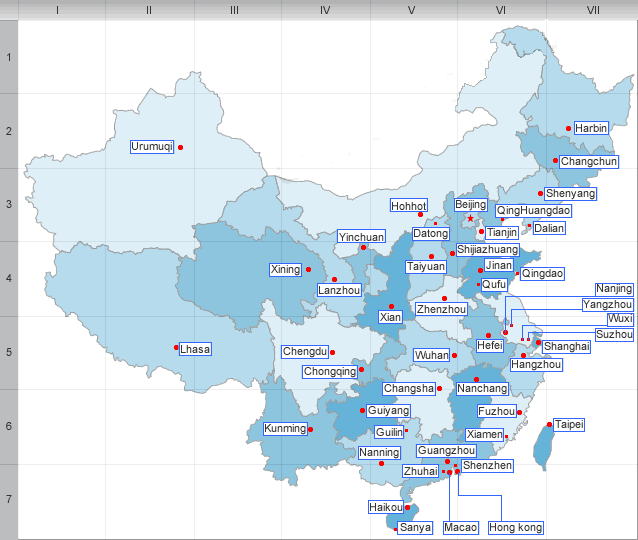Yushu Tibetan Aut. Prefecture Overview
Yushu Tibetan Autonomous Prefecture is located in southern Qinghai Province.Qumalai. The total population of the Yushu prefecture is about 258,000 people, of which 97% are Tibetan. Other groups include the Han, Hui, Tu and Mongolian. The total land area is 191,178 km2. The government seat is located in Jiegu (Jyekundo), which is the centre of political life, economy, culture and transportation for the entire prefecture. Yushu is one of the important parts of Tibetan Plateau and forms a natural region by itself in the hinterland of Tibetan Plateau. It is comprised of six counties: Yushu, Chengduo, Nangqian, Zaduo, Zhiduo and Mineral resources include gold, silver, copper, iron, aluminium, molybdenum, lithium and others. There are six gold mining areas in the prefecture. Wildlife resources include musk deer, wild yak, blue sheep, Tibetan gazelle, Tibetan antelope, snow leopard, brown bear, lynx, otter and numerous birds such as black-necked crane, white eared pheasant, Tibetan snowcock, etc. In addition, many medicinal plants from the prefecture are recognized globally. Special medicinal plants include caterpillar fungus (Cordyceps sinensis), tumeric, Rhizoma anemarrhenae, fritillaria, sallow thorn, rhubarb, snow lotus, etc. There are nearly 800 kinds of medicinal plants in the prefecture. Yushu is one of the main animal husbandry bases in Qinghai Province. The agricultural (animal husbandry) output of the prefecture is about one-forth of the total provincial output. The main livestock in Yushu prefecture are Tibetan sheep, goats, domestic yak and Yushu horses. Yushu Tibetan Autonomous Prefecture in Qinghai Province is located in the headstream area of the three rivers in the hinterland of Tibetan Plateau, southeast of Qinghai Province. Yushu has its own unique character of natural and cultural landscapes. Yushu's folk songs and dances are extremely well known all over the Tibetan world, and the Old Road of the Tang and Tubo dynasties is known worldwide. The famous temple of Princess Wencheng and colourful Tibetan monasteries are often visited. Wildlife is also abundant, particularly in the Sanjiangyuan National Nature Reserve.
| PREV:Xining Overview | Next:Haidong Prefecture Overview |



